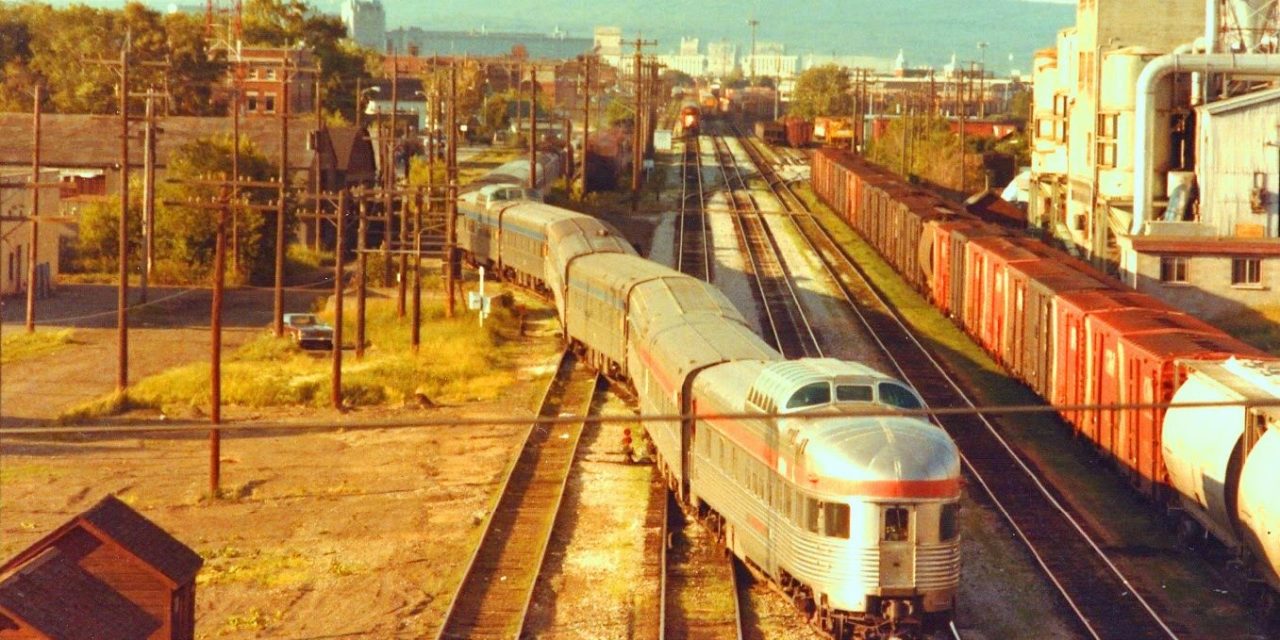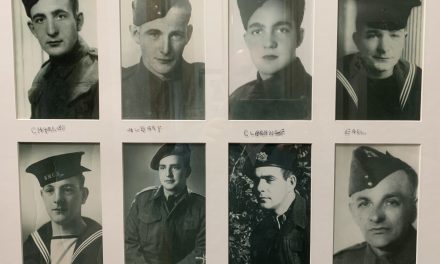Editorial by Bruce Hyer, Photo by Brian Martyniuk
When I moved to Canada in 1976, my friends asked, “Why?” I gave three examples as to why Canada was on track: one stubby, returnable, reusable beer bottle, a universal health care system that left no one without care, and wonderful passenger rail service coast to coast on two lines, seven days a week, called the Canadian. Oh my.
Today, the Canadian dream is in terrible decline with regards to rail service. The 2012 cut from tri-weekly service to only two departures per week was a worrisome example of the various factors damaging the Canadian. Reasons include lack of legislation, a pitiful budget, and how CN abuses and overcharges VIA on the north line though Longlac, Armstrong, and Sioux Lookout on the way to Winnipeg. CP Rail doesn’t want it at all. Can we re-route the train back to the CP Superior North Shore main line on which it operated from its launch in 1955 until 1990? Except for an absence of political will, there are no physical, operational, or financial reasons preventing putting the Canadian back on the Superior North Shore.
When federal and provincial governments pour massive public dollars into roads, airports, and airlines they call it an “investment.” On the rare occasions when they give money to VIA and other rail systems, they call it a “subsidy.” Canada is the only member of G7 or G20 with no national transportation plan. National, regional, and local transport systems in Japan, China, Taiwan, and Europe are connected, seamless and run on time within seconds.
VIA’s problems come down to broad and daunting issues:
- No legislation establishing VIA’s mandate, rights, and obligations
- No parliamentary oversight of VIA’s functioning
- Inadequate funding or budgetary assurances, making planning impossible
- Politicized board and management lacking real-world railway experience
- CN gouging VIA, raising passenger fees to non-competitive levels
- The oldest rolling stock in the industrialized world
There is no comparison between the two transcontinental routes through northern Ontario. The CN route is far outclassed by the awe-inspiring vistas on the Superior North Shore portion of the former route. If a train service agreement can be successfully negotiated with CP, restoring the Canadian to its original route between the Sudbury area, Thunder Bay, and Winnipeg poses no serious physical challenges. The CP route has good capacity to accommodate both freight and passenger operations.
Whether Canada will continue to have transcontinental passenger rail service is worrisome. The Canadian cannot survive much longer under the lack of informed direction, funding, and vision exhibited by the current and previous governments. Urgently needed is a cooperative, federal-provincial approach to the unavoidably high cost of providing adequate remote rail service.
The starting point must be a national rail passenger policy. To correct VIA’s decades of accumulated woes will require decisive action, but it is possible to give Canadians the passenger trains we need. Re-routing the Canadian to the CP line between Sudbury, Thunder Bay, and Winnipeg requires no large investments. There are better alternatives for the northern route through Longlac and Armstrong to serve remote tourism and First Nations.
If VIA’s Canadian is to be sustained as Canada’s flagship passenger train, providing both a useful inter-city transportation service and a unique, tourism-boosting travel experience across northern Ontario and western Canada, it requires urgent action. The decision is up to the next government. Canada must renew what was a national treasure.
When Bruce Hyer was MP for Thunder Bay-Superior North, he published A Superior North Shore Action Plan for VIA Rail Canada’s Canadian written by Greg Gormick. This article borrows from that document, which is available by emailing Bruce@BruceHyer.ca.














